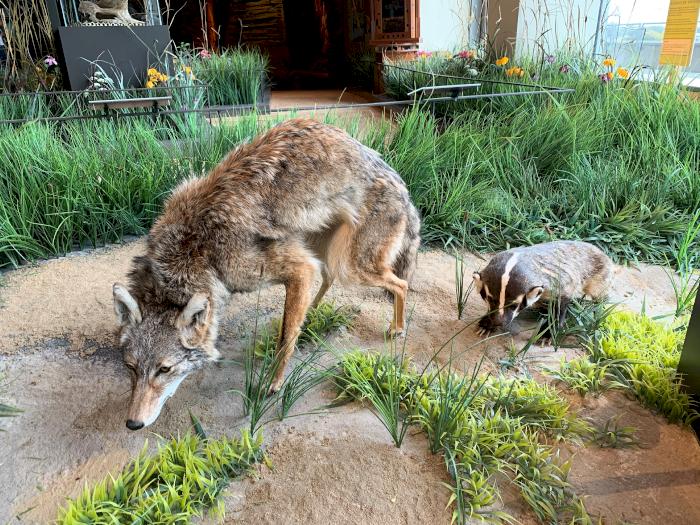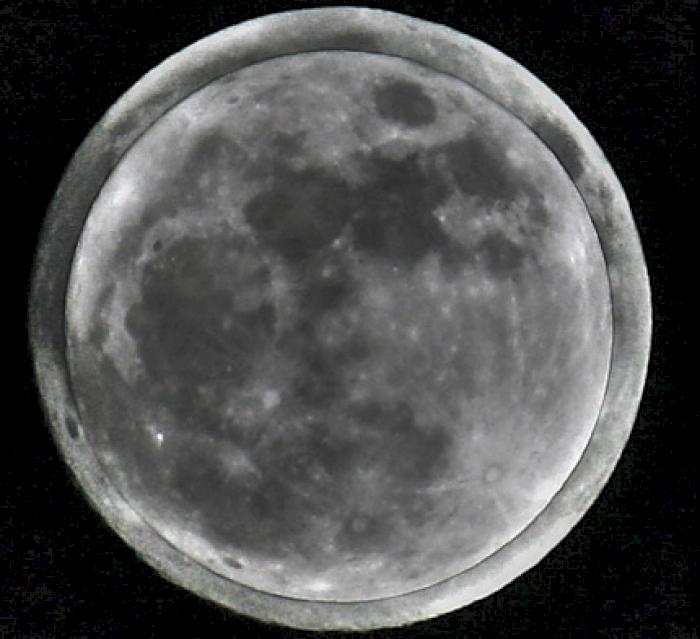Is it me or is it the Full Moon?
- Thursday May 7 2020
- General SCI
Have you ever noticed your pets and/or children acting very strange and then noticing there is a Full Moon and wondering if the two are related? There is some science behind why living things act differently when we are able to see the full side of the lit Moon.
Dogs and cats are more likely to need veterinary care in the days surrounding a Full Moon. This is likely due to increased activity during the evening hours. Coyotes and other nocturnal predators have decreased success in hunting because their prey is hiding from the increased light. During a Full Moon, badgers are less likely to mark their territory because they would be more susceptible to predators such as a cougar.
For humans, the changes are likely due to interrupted sleep patterns caused by the Moon phase. The increased amount of reflected light coming from the Moon interferes with behaviors and circadian rhythms of many living things.
Take some time during tonight’s Full Moon and observe the changes in the natural world. Do you hear a difference in the sounds from frogs and birds? Do you see more blooming flowers than usual? Are your pets wanting to spend more time outdoors? Are you feeling more sleep deprived than normal? If so, the changes are likely due to that big, beautiful, bright celestial body in our night sky!


